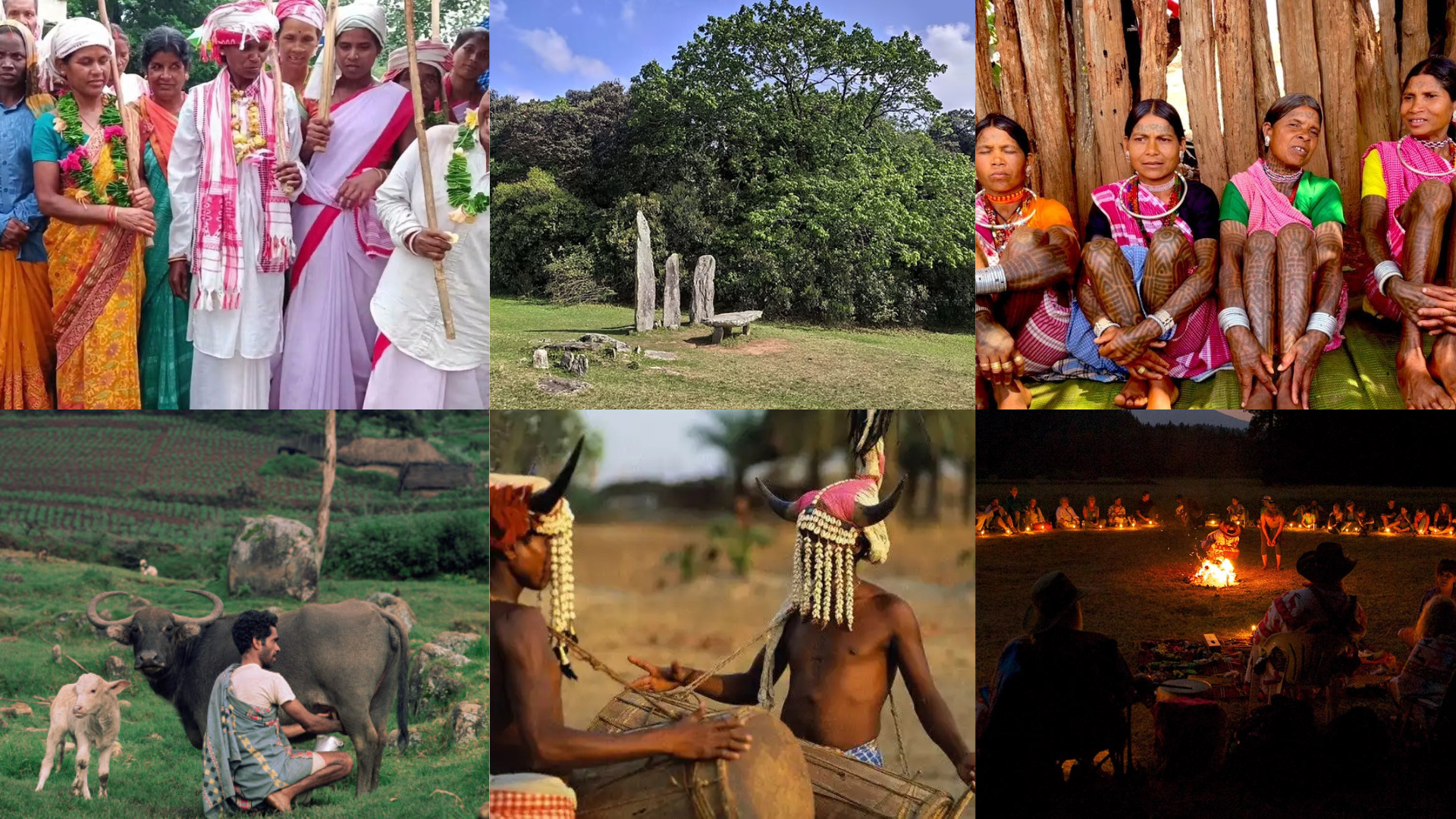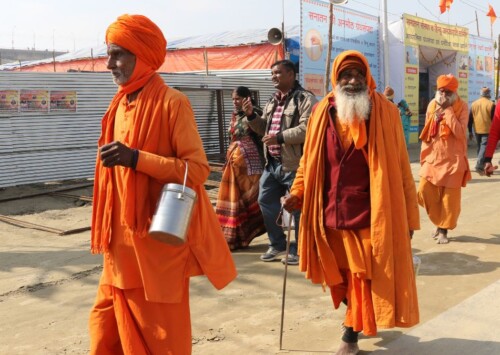Six lesser-known tribal rituals still practiced across India
From Oraon women’s hunts to Galo night chants
India’s tribal communities follow distinct customs rooted in tradition and environment. From women-led hunts to sacred chants, here are six lesser-known practices still actively observed across different regions.
Tribal communities in India uphold a diverse range of traditions, many of which are remarkably different from those of the general public. These customs support spirituality, a strong bond with the environment and community cohesion. Here are six tribal traditions from all around the nation, each of which embodies distinct ecological, social, and cultural values.
Mukka sendra: The Oraon women’s hunt
The Mukka Sendra, also known as the Jani Shikar, is a potent celebration of womanhood, agility, and tribal resilience among the Oraon tribe, which is primarily found in Jharkhand, Chhattisgarh and Odisha. At this all-female hunting festival, which takes place once every 12 years, Oraon women dress like men and equip themselves with bows, arrows and spears. Men are not allowed to participate by tradition. Before the hunt starts, the women congregate at the village akhara, or communal ground, at dawn, where a priest bestows blessings.
They hunt pigs, goats, and poultry. The ritual, which has deep symbolic meaning, dates back more than 500 years to a mythical event in which tribal women defended the Rohtasgarh fortress from invaders. This story emphasises the strength of female leadership and combat skills. In addition to hunting, the festival promotes identity, kinship values and group resource sharing through communal feasting. Participants occasionally target domestic animals as a result of wildlife protections in recent years, which creates interesting interactions with authorities and local communities.
Sacred groves of the Khasi
Sacred groves are areas of old forest that are carefully maintained and protected by taboos among the Khasi people of Meghalaya. These groves are sanctuaries where no trees may be felled or plants or animals disturbed because they are thought to be the homes of gods and ancestral spirits. It is thought that breaking these taboos will bring disaster to both the offender and the community.
Particularly during agricultural cycles or when seeking ancestor guidance, the groves are used as locations for rituals, prayer, and offerings. In terms of ecology, they serve as hotspots for biodiversity and clean water sources, representing a profound example of indigenous conservation. Many of the groves in the Khasi hills today are examples of ecological resilience, protecting both species and customs.
Toda buffalo worship
The Toda people, inhabitants of the Nilgiri hills in Tamil Nadu, hold the buffalo as the central symbol of prosperity and spiritual force. Their semi-wild herds’ welfare is intimately linked to their sacred rituals. Only chosen priests from the community have access to Toda temples, which have a characteristic barrel-shaped, thatched architecture and prayers, songs, and milk offerings are common components of buffalo rituals.
Buffaloes are important at funerals, weddings and initiations. The Mund ceremony, which is famous for ceremonially milking and anointing buffalo, is specifically intended to promote cosmic harmony and the well-being of the community. A cosmocentric worldview that values animal life is reflected in the Toda cosmology, which views buffalos as intermediaries between the divine and the earthly realms.
Baiga tattooed healers
Godna, or ritual tattooing, is a distinctive tradition of the Baiga tribe of Madhya Pradesh that goes far beyond beautiful body art. These elaborate tattoos, which frequently cover sizable portions of the body, are regarded as a spiritual shield as well as a rite of passage. From adolescence onwards, women in particular get intricate tattoos with designs thought to ward off illnesses, bad luck and evil spirits.
Baiga tattoo artists are also considered healers; tattooing, which involves the use of sharp thorns and herbal pastes, is combined with invocations and chants to combine spiritual empowerment and physical stamina. These marks serve as a Baiga woman’s passport to the ancestral realm, identifying her throughout her life and, it is believed, after death.
Koya water rituals
A sizable population spanning Telangana, Andhra Pradesh, and Chhattisgarh, the Koya people have created elaborate rituals centred around water. These customs emphasise the importance of water as a spiritual force and a source of life. The Jatha ritual, which is typically conducted during drought or crop-sowing seasons, is a major event that honours rivers and natural springs.
In these ceremonies, Koya men and women offer ceremonial immersions, carry earthen pots filled with water to shrines, and offer prayers for rain and agricultural prosperity. Festive songs, dances, and the symbolic release of water are all part of the rituals, which demonstrate a deep understanding of ecological balance and the value of natural resources.
Galo shamanic night chants
The Galo tribe of Arunachal Pradesh maintains an elaborate tradition of shamanism, with night-long chants integral to healing, prophecy, and maintaining cosmic order. A nyibu (shaman) leads the community in nocturnal rituals when sickness or disaster strikes. The shaman spends hours reciting old epics, narrating family histories, and negotiating with the spirits of gods and ancestors.
These chants are thought to ward off evil forces and bring things back into balance. The entire village participates in the singing, dancing, and sacrificial offerings during these highly participatory rituals. Through a common spiritual practice, the oral transmission of these chants unites generations and preserves Galo history, cosmology and language.










